Persona 3 Portable Fatigue Continues Pop Up
Persona fans and JRPG enthusiasts were elated to learn that Persona 3, along with Persona 4 and Persona 5, will finally break away from PlayStation console exclusivity by releasing on the Xbox Series X|S as well as PC and PlayStation 5. Persona fans felt it was only a matter of time before these Persona games made their way elsewhere after Persona 4 Golden was released for PC in 2020.
While Persona 4 Golden and Persona 5 Royal were expected to be the P4 and P5 representatives in the event Persona went multiplatform, questions loomed over which version of P3 would be chosen. P3 saw two updated versions in Persona 3 FES, short for "festival," for the PlayStation 2 and Persona 3 Portable for the PlayStation Portable. Atlus ultimately selected Portable to be the P3 representative, which begs the question: What benefits does Portable have over FES, and what will fans be missing out on by not being able to play FES?
8/8 Anime Cutscenes Are A Glaring Omission From Portable

The first major difference between the two versions of P3 can be seen right when a new playthrough begins. Portable does not have any of the anime cutscenes the original P3 and FES had. Moments from cutscenes are played out through in-game dialog or still shots instead. This can result in significant moments feeling underwhelming by comparison.
Portable players can still view each anime cutscene on Youtube, and there are online guides that lay out when each cutscene should be watched, but that is still immersion-breaking. Hopefully, the upcoming version of Portable includes the anime cutscenes now that it won't be limited by the PSP's hardware.
7/8 Overworld Navigation Is Much More Limited In Portable
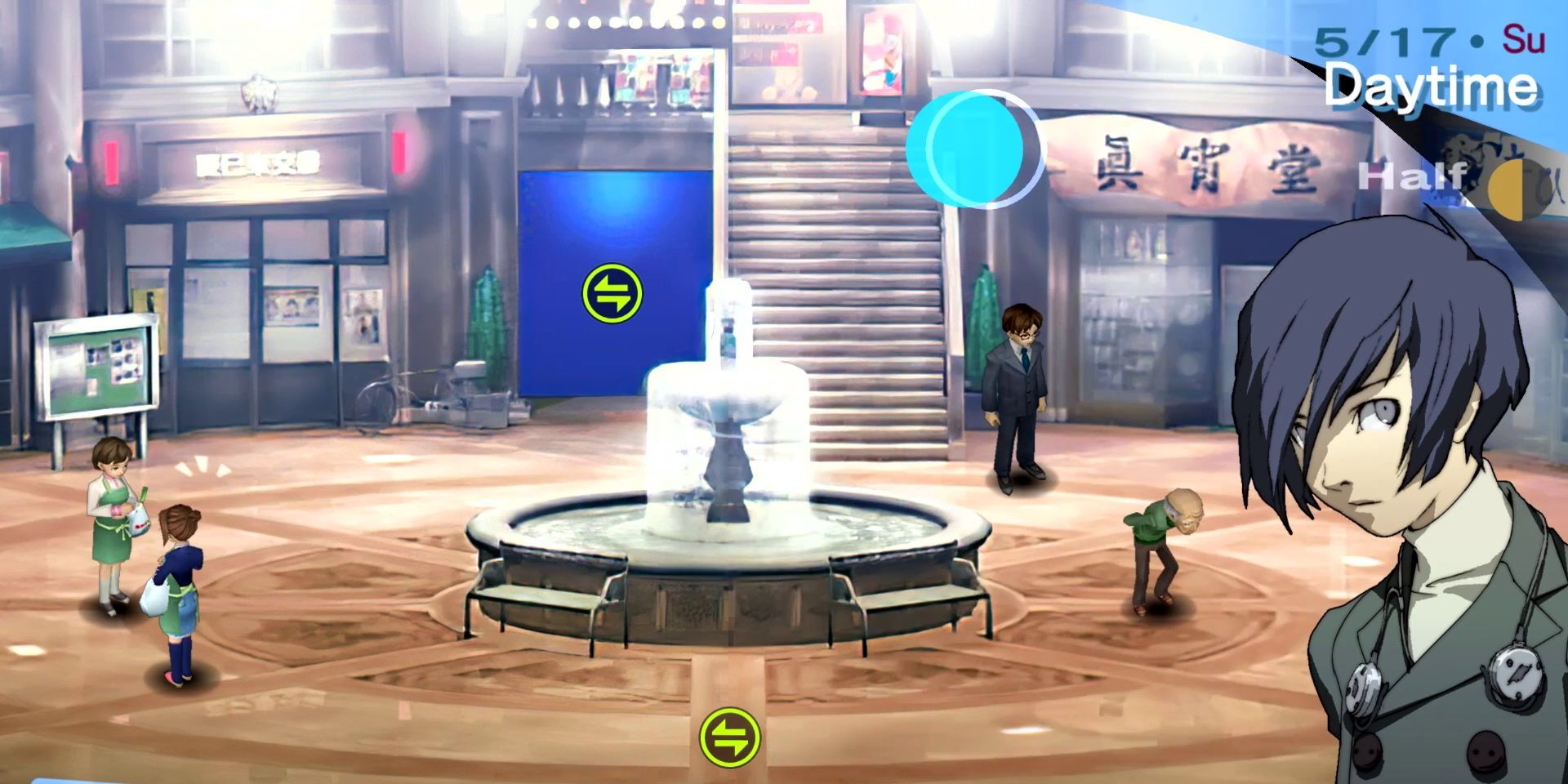
PSP's hardware limitations can be felt in the overworld navigation. In FES, navigating the world of Gekkoukkan High School and the greater Tatsumi Port Island is similar to P4 and P5 with an explorable 3D world.
In Portable, however, navigating the world is done by menus. Each area is depicted on a 2D plane, and to interact with a person or object, the player must move a cursor over it and click. This only applies to the daily life of the overworld and not dungeons, which are still fully rendered in 3D outside of the entrance to Tartarus.
6/8 Players, And Characters, Won't Be Getting Tired Of Tartarus In Portable
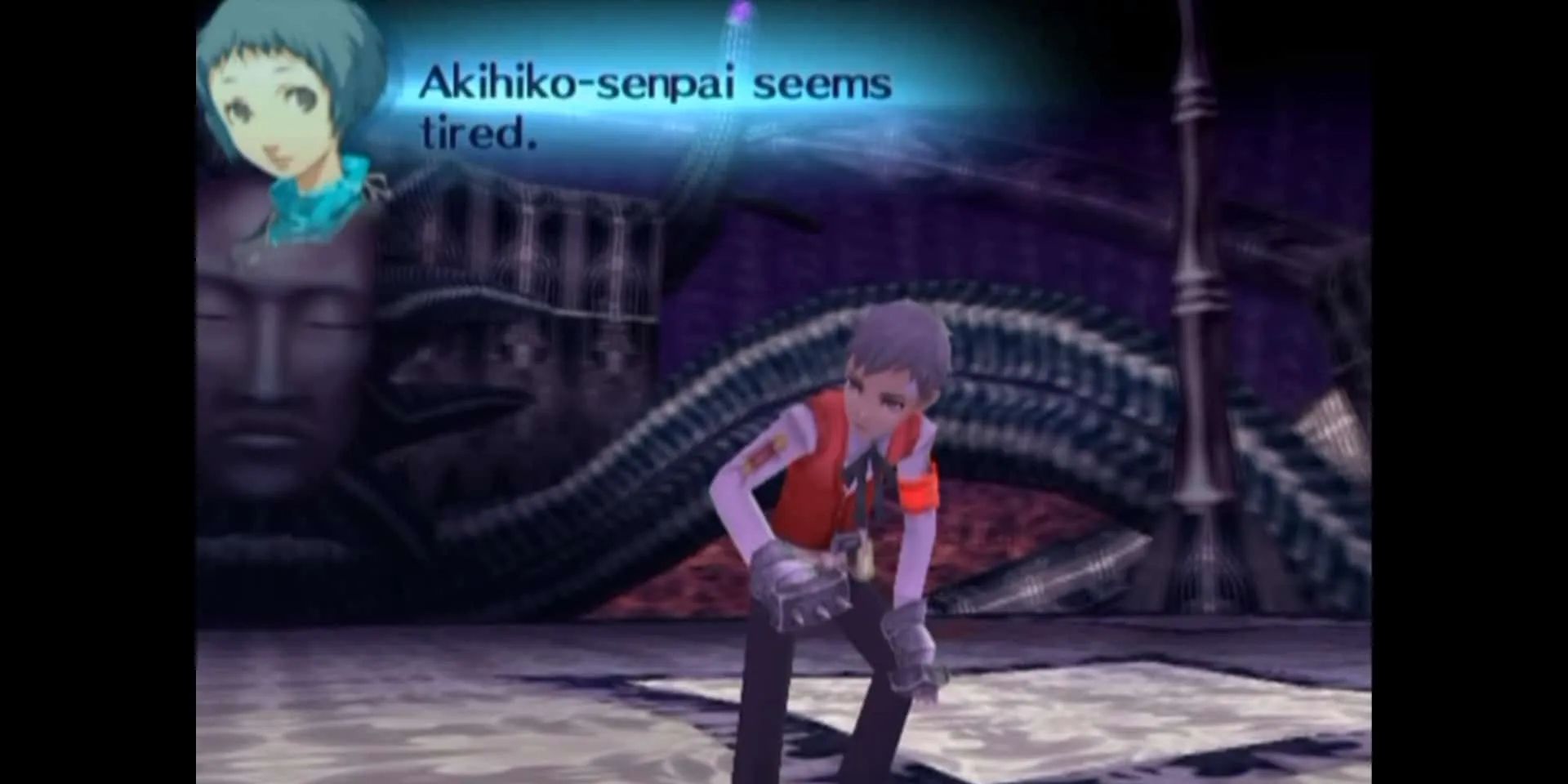
Tartarus acts as P3's central dungeon. Tartarus only appears during the Dark Hour, which occurs only at 12:00 A.M and lasts for one hour. The protagonist and their friends, collectively members of the Specialized Extracurricular Execution Squad (SEES), spend each Dark Hour exploring the many procedurally generated floors of Tartarus.
The most significant change to Tartarus is the Tired status. In P3 and FES, party members would grow increasingly tired throughout Tartarus exploration. The more tired a party member gets, the more it negatively affects them in battle. In Portable, a character's tired status changes when leaving Tartarus. The only thing players need to worry about is ensuring characters are well-rested before exploring Tartarus again.
5/8 FES And Portable Added More Difficulty Settings
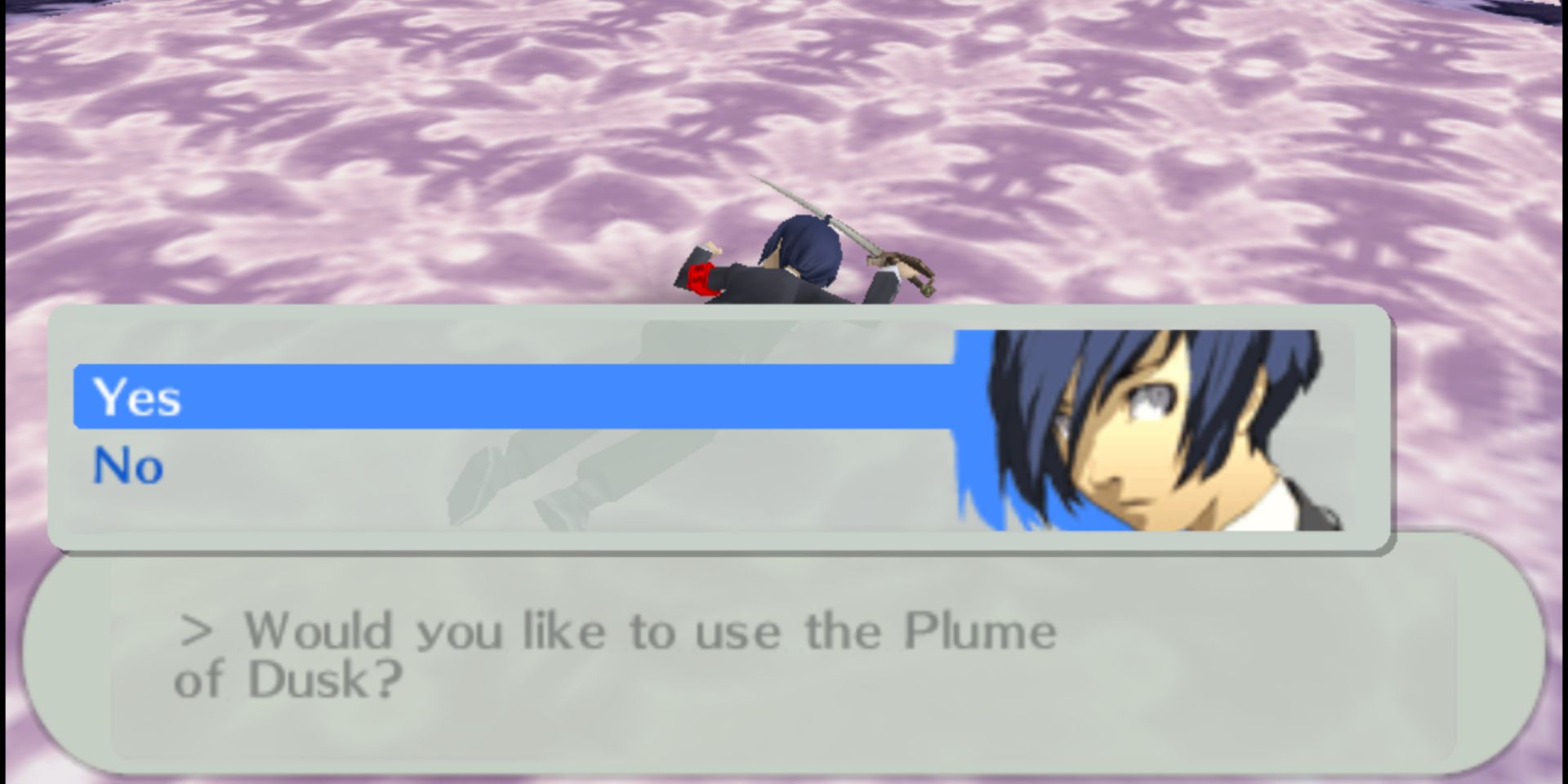
P3 originally launched with two difficulty settings: Easy and Normal. For Easy difficulty, enemy damage is decreased, and the player starts with 10 Plumes of Dusk, which revive the party in the event of a game over.
FES added another difficulty setting in Hard, which increases enemy damage from Normal and the likelihood that enemies start a fight with an "Enemy Advantage." Portable added two more difficulty settings in Beginner and Maniac. Beginner gives players 30 Plumes of Dusk on top of decreased enemy damage from Easy. Maniac increases enemy damage, and Enemy Advantage chances from Hard, and players are required to start fresh without carrying anything over from a previous playthrough.
4/8 Players Can Control Party Members In Portable
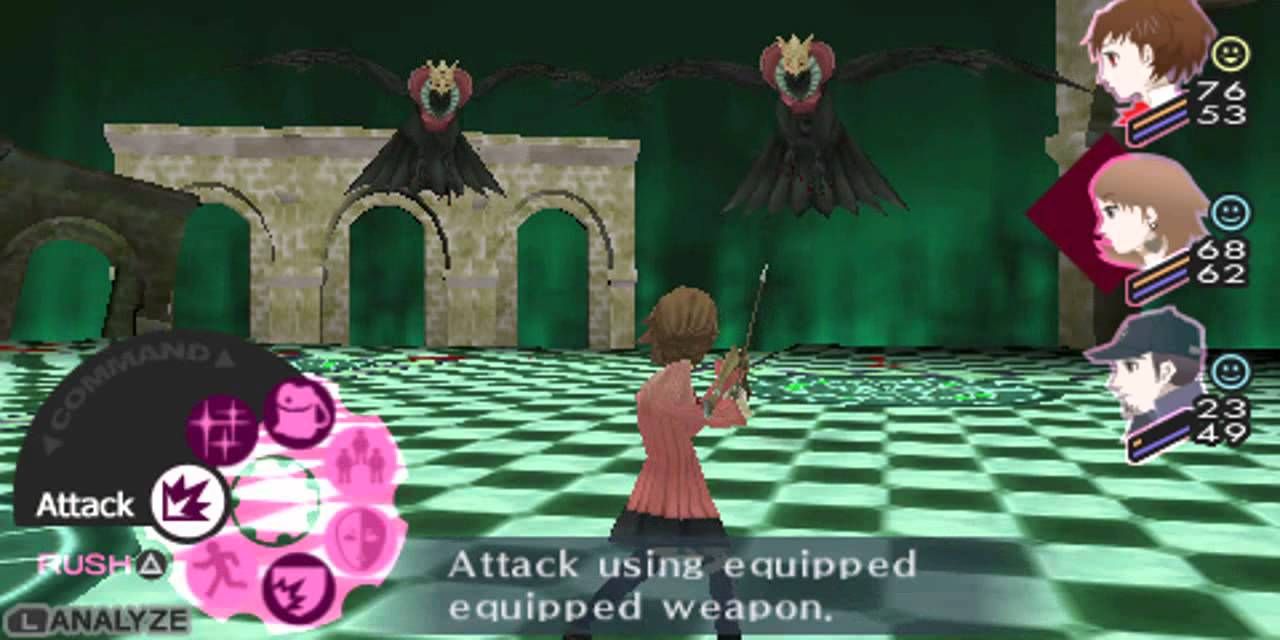
One of Portable's best changes over FES was the ability to fully control party members in battle. Previously, the player could only control the main character while party members operated independently. The player could set Tactics in battle such as "Conserve SP" or "Heal/Support," and the party A.I. will try to accommodate. Portable added the "Direct" Tactic, which is how players can gain control of that party member.
Even with Tactics, party member A.I. in P3 and FES would lead to frustrating scenarios like Mitsuru excessively using the move Marin Karin, even during inopportune and ineffective times. The Mitsuro A.I.'s obsessive use of Marin Karin would lead to a popular meme within the Persona fanbase.
3/8 Portable Also Takes Some Cues From P4
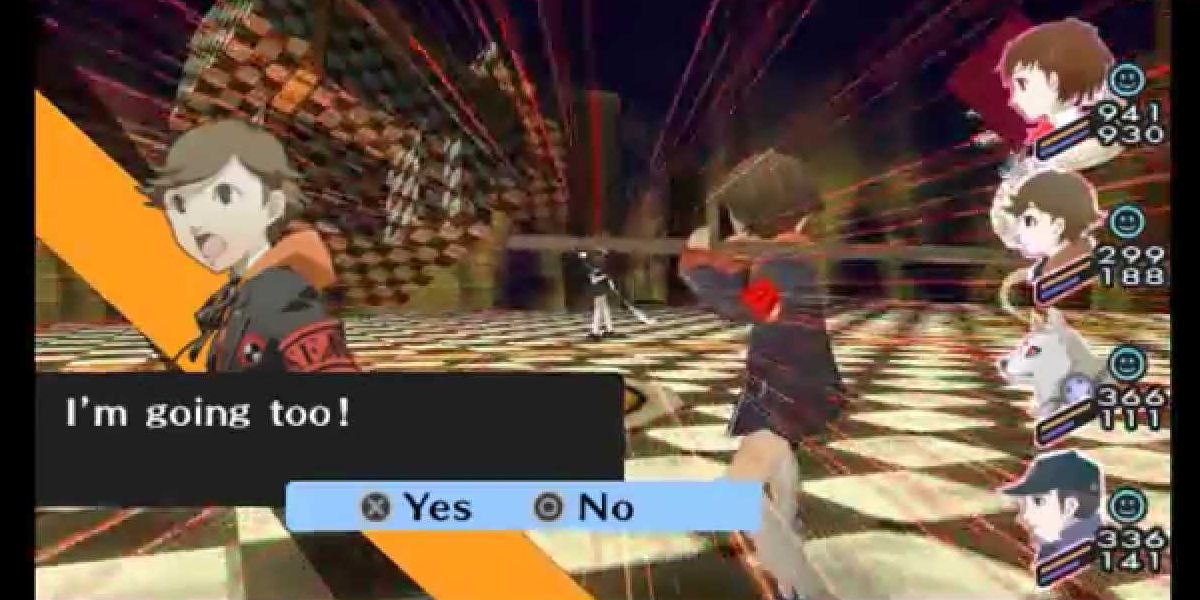
Being able to control party members in Portable is a huge change from FES, but that's not the only change to the battle system. Portable carries over some gameplay changes from P4, such as how the "1 More" system works, which grants an attacking character an extra turn if they knock down an enemy often by exploiting an enemy's weakness, and the ability to perform co-op follow-up moves.
Portable also allows party members to take a fatal blow if the protagonist would otherwise die. Party members who were knocked down are able to perform actions as soon as they stand up as opposed to their turn ending. Lastly, the "Wait" action was changed to "Defend," which allows a character to skip their turn, but take less damage when hit as opposed to "Wait."
2/8 Female Protagonist Provides A Fresh Take On P3
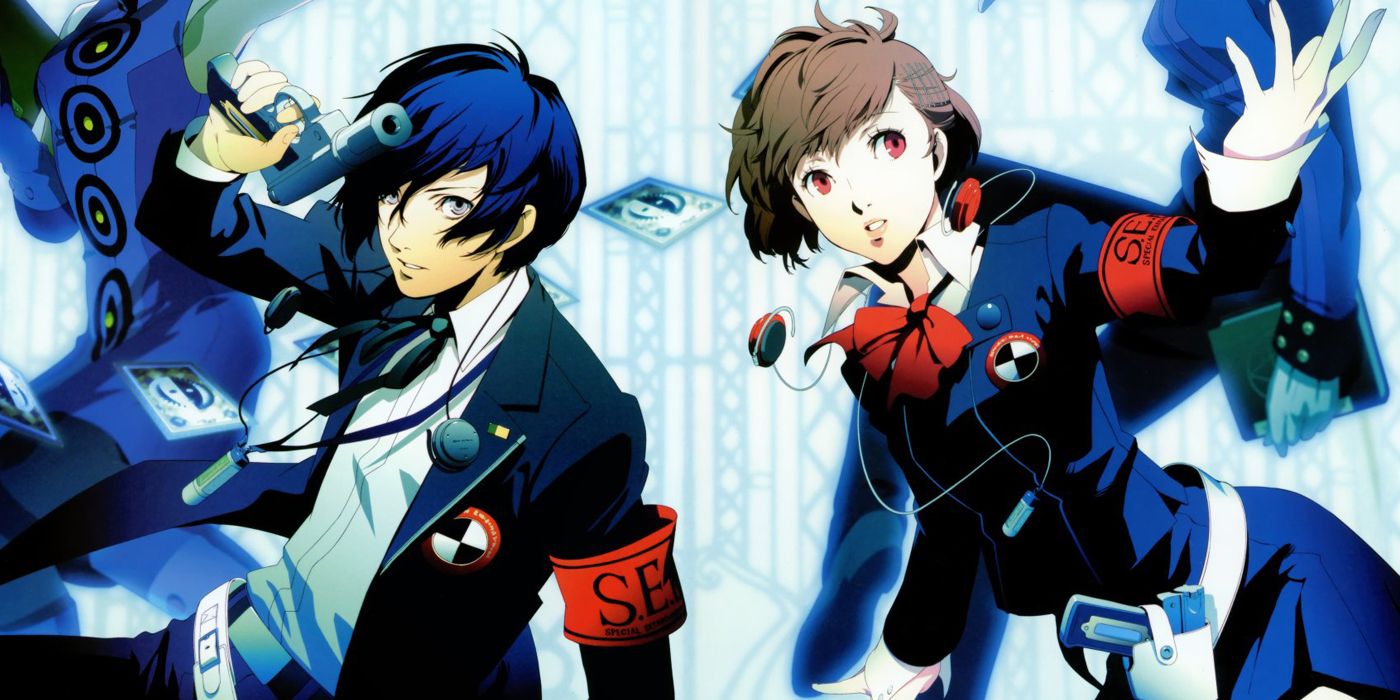
What truly sets Portable apart from FES is the inclusion of a female protagonist. At the start of each playthrough, the player can select between a male and a female protagonist. While the male protagonist is still the canon story path of P3, it's great to have the option.
The female protagonist playthrough isn't a direct 1:1 of the male protagonist playthrough. Instead, the female protagonist has a different selection of Social Links, including the adorable dog, Koromaru. The female protagonist also has different romance options as well as exclusive scenes. One of those exclusive scenes contains a cameo from a party member of P4.
1/8 "The Answer" And "Vision Quest" Each Provide Postgame Content To P3
The most significant omission from Portable is the biggest appeal of FES: "The Answer." "The Answer" is an additional story campaign that takes place after the bittersweet ending of P3 starring Aigis. "The Answer" is known for its brutal difficulty, but it's well worth it to experience the full story of P3.
While Portable doesn't have "The Answer," it does have a post-game mode known as "Vision Quest." "Vision Quest" allows players to fight more difficult versions of past bosses. Defeating all of these bosses unlocks a secret boss fight in Margaret, Igor's attendant in P4.
gaudetteanter1972.blogspot.com
Source: https://www.cbr.com/8-biggest-differences-between-persona-3-portable-and-fes/
0 Response to "Persona 3 Portable Fatigue Continues Pop Up"
Post a Comment